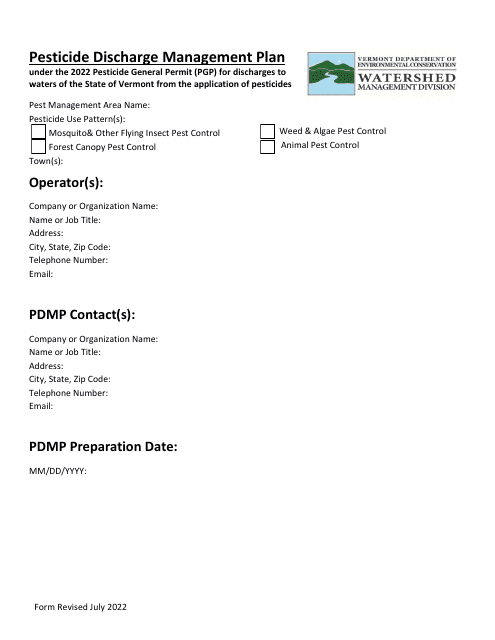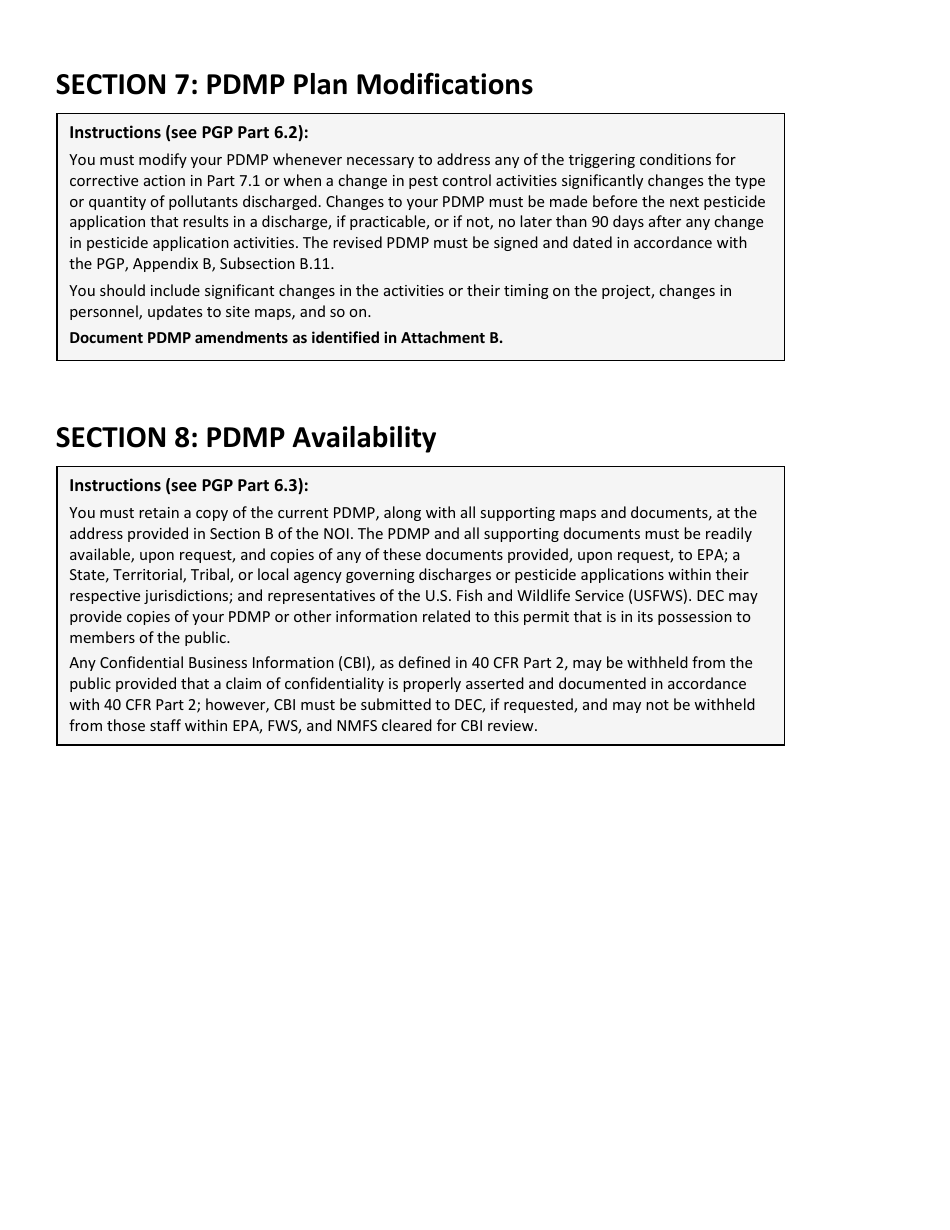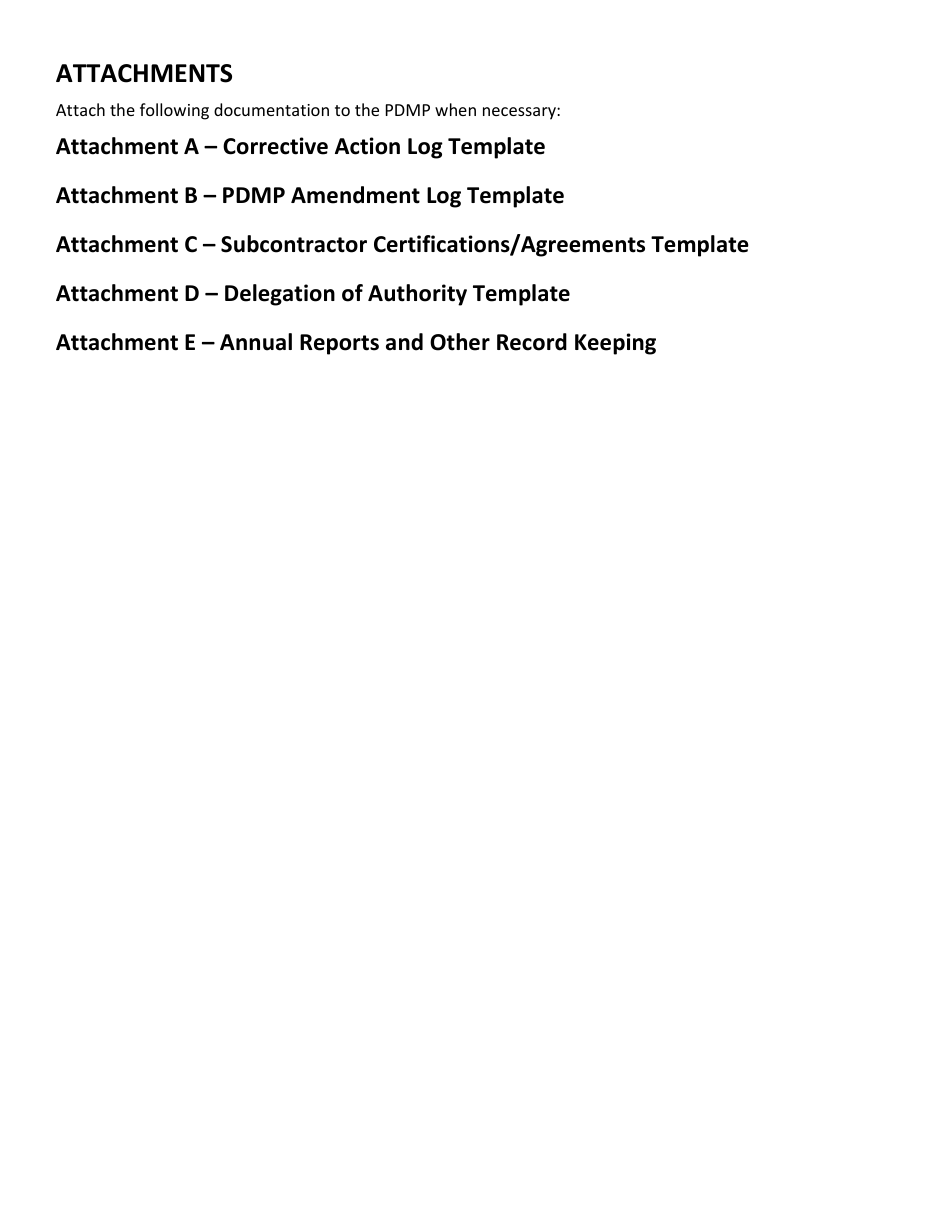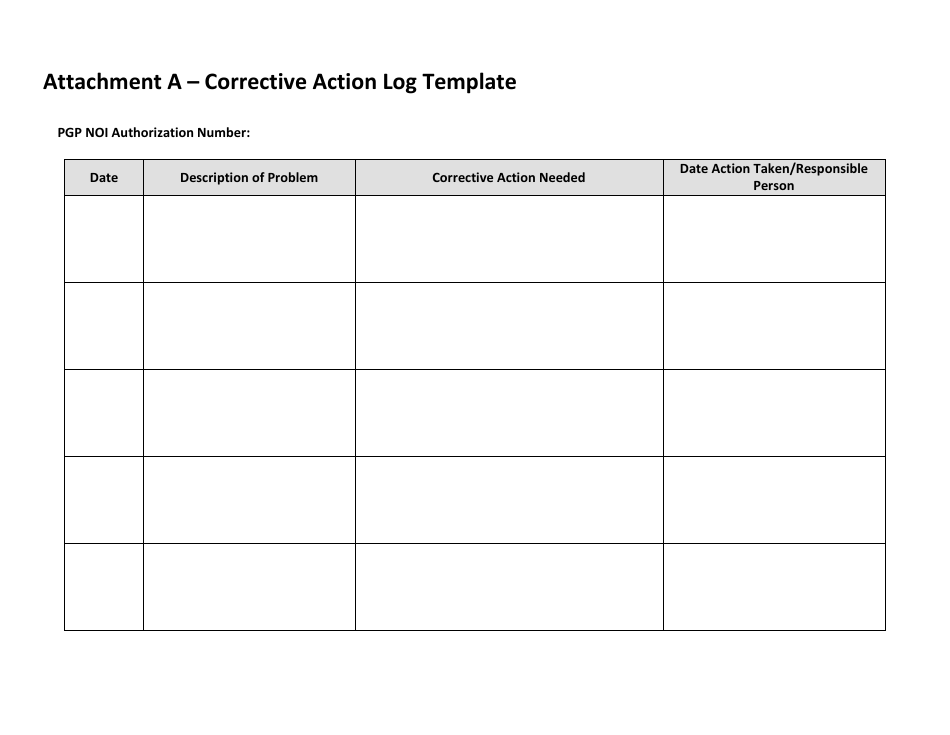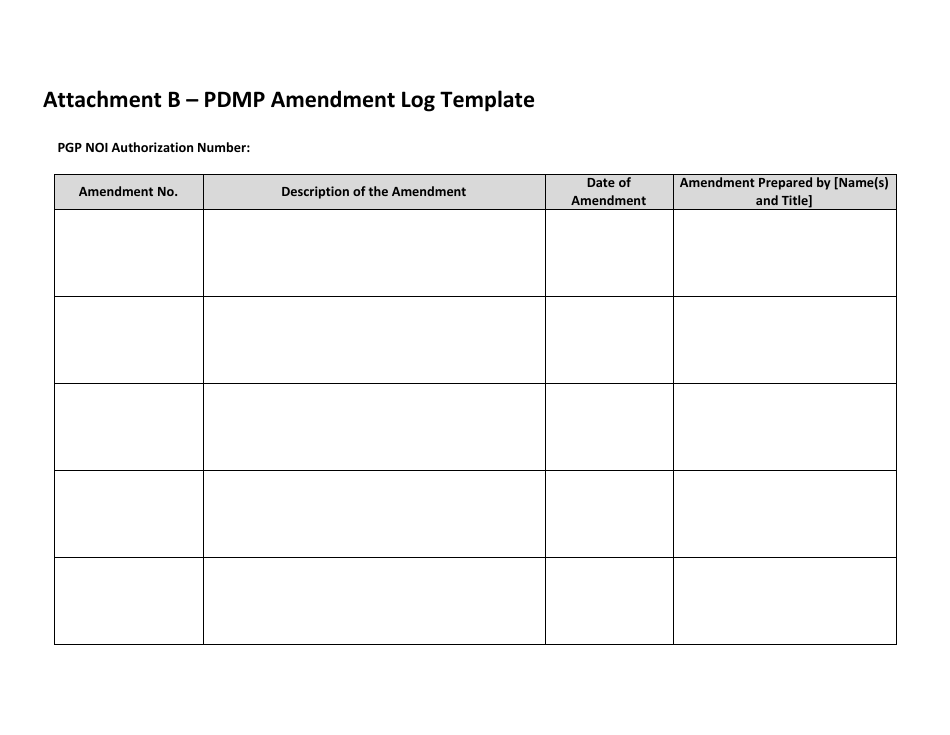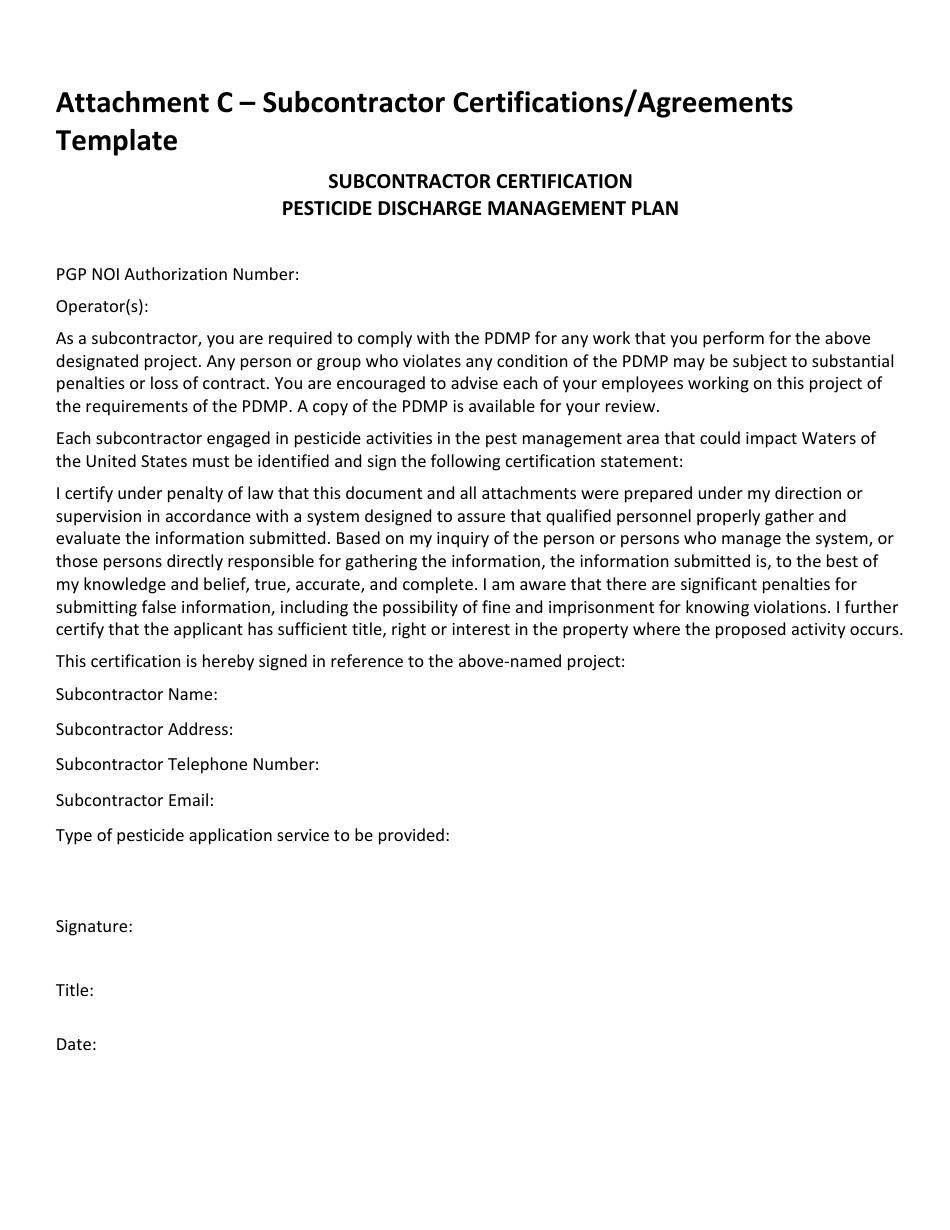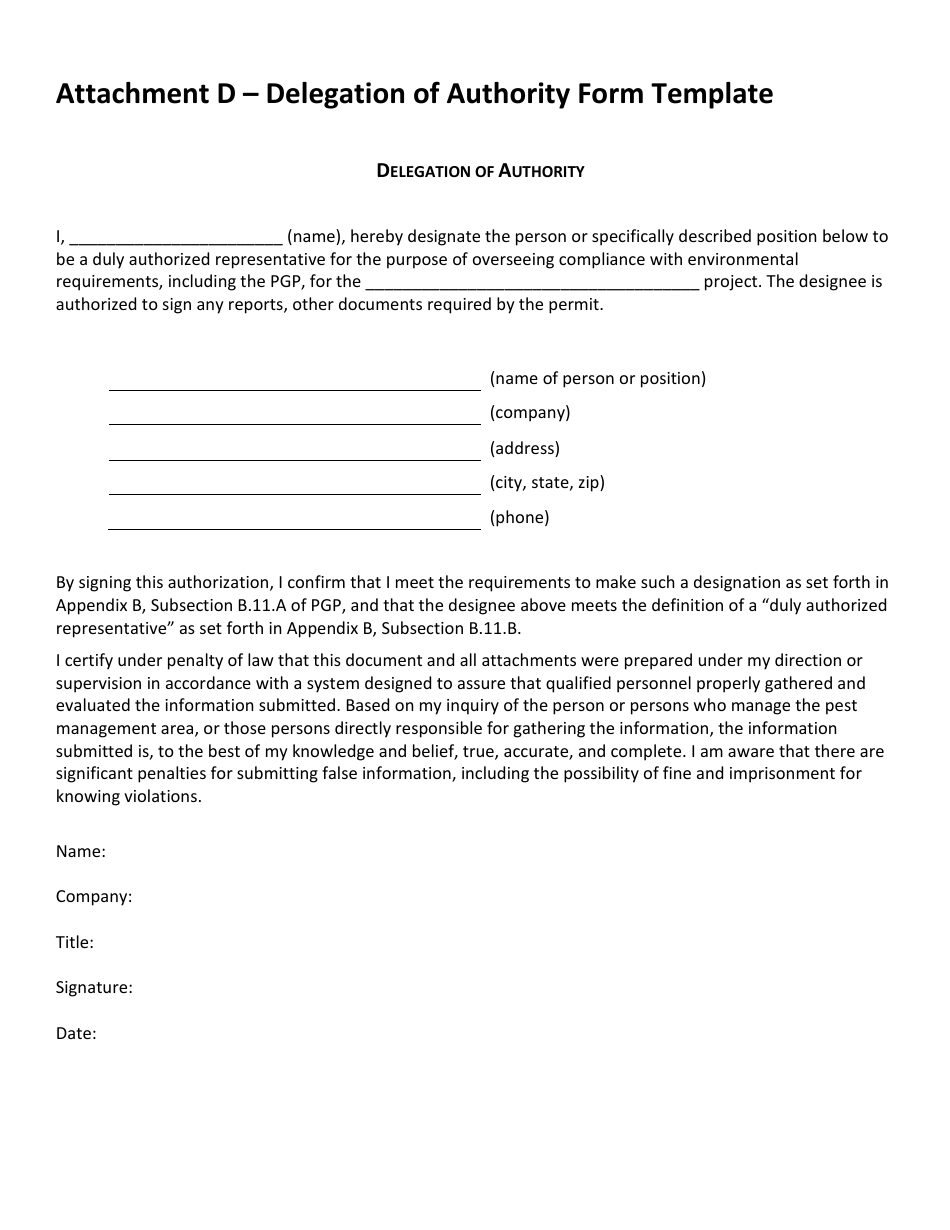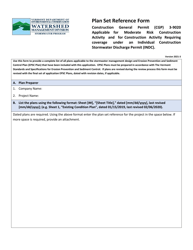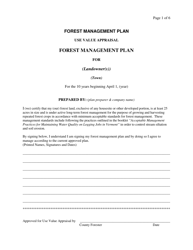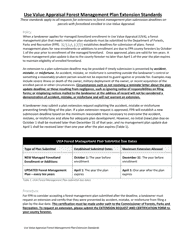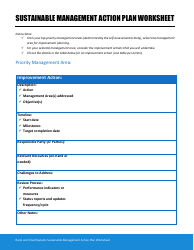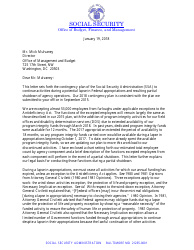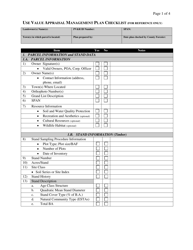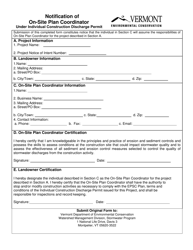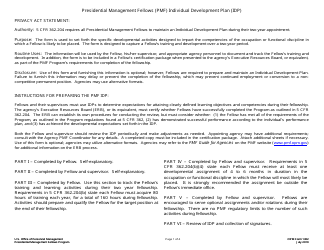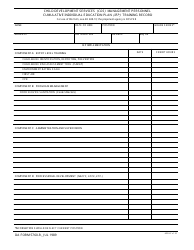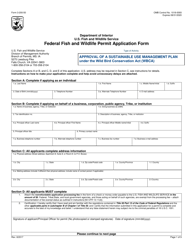Pesticide Discharge Management Plan - Vermont
Pesticide Discharge Management Plan is a legal document that was released by the Vermont Department of Environmental Conservation - a government authority operating within Vermont.
FAQ
Q: What is a pesticide discharge management plan?
A: A pesticide discharge management plan is a document that outlines strategies and measures for minimizing and managing the discharge of pesticides into the environment.
Q: Why is a pesticide discharge management plan important?
A: A pesticide discharge management plan is important to protect water quality, human health, and the environment from the harmful effects of pesticide contamination.
Q: Who is responsible for creating a pesticide discharge management plan in Vermont?
A: In Vermont, the Agency of Agriculture, Food and Markets is responsible for creating and implementing pesticide discharge management plans.
Q: What are the main components of a pesticide discharge management plan?
A: The main components of a pesticide discharge management plan typically include a description of pesticide use practices, strategies for minimizing pesticide discharge, monitoring and reporting requirements, and contingency plans for responding to pesticide spills or accidents.
Q: What are some strategies for minimizing pesticide discharge?
A: Some strategies for minimizing pesticide discharge include using integrated pest management practices, properly storing and handling pesticides, using targeted application techniques, and implementing buffer zones near water bodies.
Q: Are pesticide discharge management plans legally binding in Vermont?
A: Yes, pesticide discharge management plans are legally binding in Vermont and must be followed by pesticide applicators and other stakeholders.
Form Details:
- Released on July 1, 2022;
- The latest edition currently provided by the Vermont Department of Environmental Conservation;
- Ready to use and print;
- Easy to customize;
- Compatible with most PDF-viewing applications;
- Fill out the form in our online filing application.
Download a fillable version of the form by clicking the link below or browse more documents and templates provided by the Vermont Department of Environmental Conservation.
